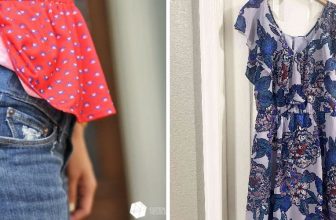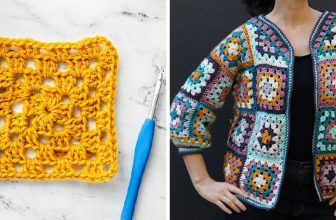How to Lock Dresser Drawers
Locking dresser drawers is a great way to keep your possessions safe and secure. Whether you’re traveling and want to leave your belongings locked up in the room or deter thieves from targeting your belongings, locking dresser drawers is a quick and easy way to do so.
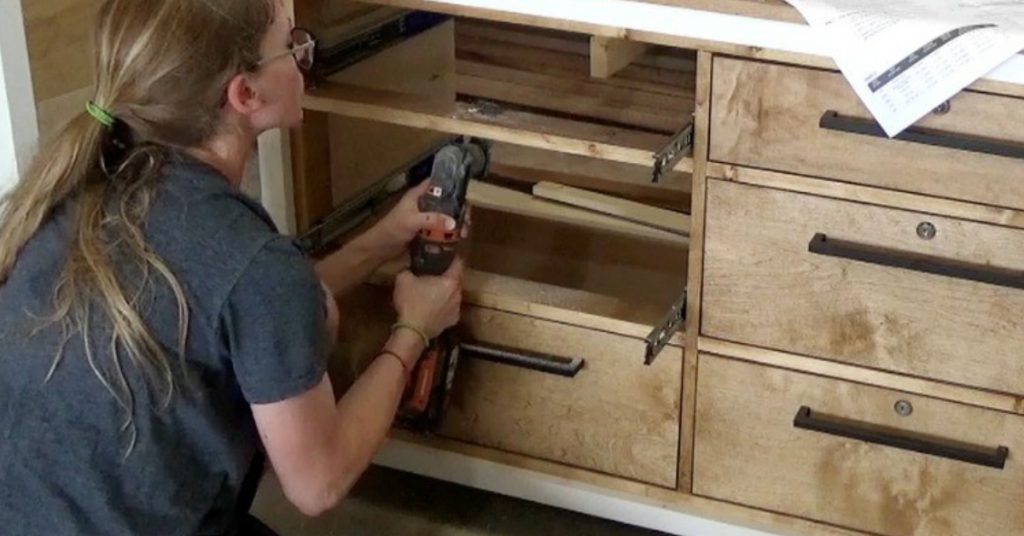
Locking your drawers can provide peace of mind, whether you have children or live in a high-crime area. In this post, we’ll show you how to lock dresser drawers quickly and easily using a common item that most people have in their homes. We will also discuss some of the benefits of locking your dresser drawers. Read on to learn more!
Why It’s Important to Lock Dresser Drawers?
There are a few reasons why you might want to lock your dresser drawers. First, if you have young children, locking the drawers can prevent them from getting into things they shouldn’t. This is especially important if valuables or medications are stored in the dresser.
Another reason to lock dresser drawers is to keep nosy roommates or guests out of your things. Regardless of the reason, it’s easy to lock dresser drawers so that only you have access to them. Locking your dresser drawer is also helpful if you want to keep the contents private from others in your home.
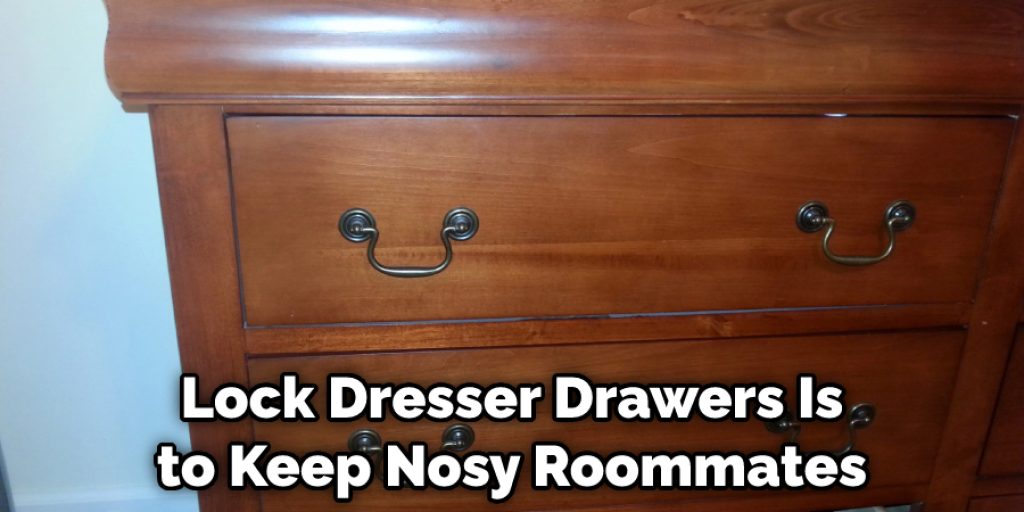
10 Fantastic Ways on How to Lock Dresser Drawers:
1. Magnetic Cabinet Locks:
These are one of the most popular and effective ways to lock dresser drawers. They work by installing a small magnet inside the drawer that will trigger a locking mechanism when the door is closed. Many of these locks come with keys, so you can easily unlock the drawer if you need to. The cabinet locks help keep your belongings safe, and it is a very good option if you have children at home.
2. Keyed Cabinet Locks:
These work similarly to magnetic cabinet locks, but instead of a magnet, they use a key to lock and unlock the drawer. This is a great option if you want an extra layer of security, as it will be more difficult for someone to pick the lock. However, make sure you keep the key in a safe place so you don’t lose it!
3. Combination Locks:
Combination locks are a great choice if you’re looking for an even more secure option. These require you to enter a specific combination of numbers to unlock the drawer. This means that even if someone knows the location of the lock, they won’t be able to open it unless they know the combination. As a result, it’s a much more secure way to keep your valuables safe. As a bonus, most combination locks are also child-resistant, so you don’t have to worry about little ones getting into your things.
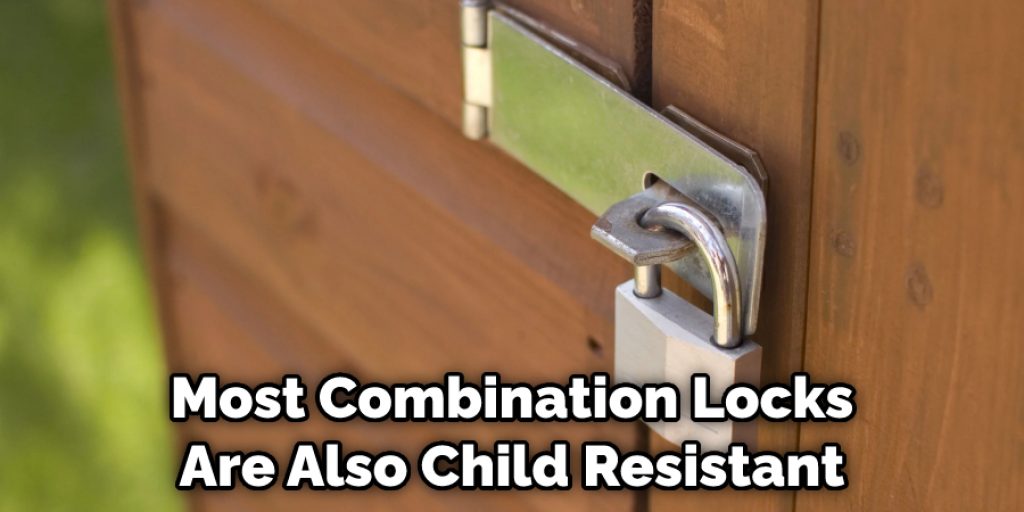
4. Electronic Locks:
For an even higher level of security, you can choose an electronic lock for your dresser drawer. These locks require a code to be entered to unlock the drawer. This makes it nearly impossible for someone to access your belongings without knowing the code. If you’re looking for the ultimate in security, electronic locks are a great choice.
5. Cord Cabinet Locks:
If you’re looking for an easy and affordable way to lock dresser drawers, cord cabinet locks are a great option. These work by looping a cord around the handles of the drawer and tying it in place. It’s a simple solution that can easily remove when you need to access the drawer. When installing cord cabinet locks, ensure the cord is tight enough that it can’t be easily pulled off, but not so tight that it’s difficult to remove.
6. Slide Locks:
Slide locks are another simple and affordable way to lock dresser drawers. They work by fitting over the drawer’s handles and sliding into place. Some slide locks come with a key, while others can be opened and closed without one. If you choose a slide lock without a key, make sure it is big enough that small children cannot reach it and unlock the drawer. Keyed slide locks can provide an extra layer of security, but make sure you don’t lose the key!

7. Hasp Locks:
Hasp locks are a more permanent solution for locking dresser drawers. They work by attaching a metal plate to the inside of the drawer with screws. The hasp lock then fits over this plate and is secured with a padlock. This is a more secure option but is not as convenient as a simple drawer lock. Nevertheless, this type of lock is great for preventing young children from accessing dangerous items or getting into drawers they shouldn’t be in.
8. Spring Latch Locks:
Spring latch locks are a great choice if you’re looking for an easy and effective way to lock dresser drawers. These work by fitting over the drawer’s handles and latching into place. They are simple to install and can be easily removed when you need to access the drawer. Spring latch locks are not as secure as other types of locks, but they will deter casual intruders. If you want to add an extra layer of security, you can use two locks, one on each side of the drawer.
9. Sliding Bolt Locks:
Sliding bolt locks are another great option for locking dresser drawers. These work by fitting over the handles of the drawer and then sliding into place to lock the drawer shut. These are great because they can’t be easily picked and are also very affordable. This type of lock has two parts: a receiver and a bolt.
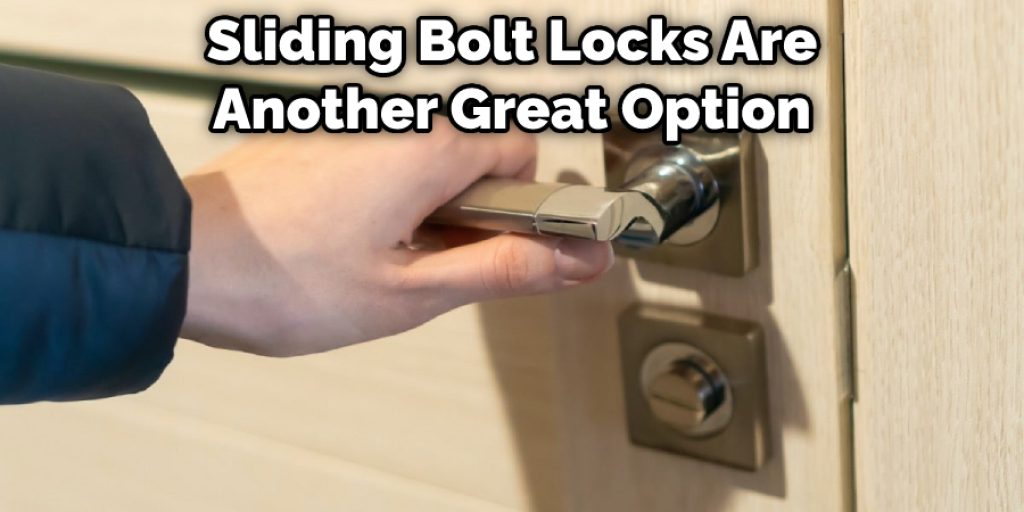
The receiver is mounted on the side or top of the drawer while the bolt is fitted over the drawer handle. To lock the drawer, you slide the bolt into the receiver. These locks are also very easy to install and can be added to any dresser in just a few minutes.
10. Adhesive Cabinet Locks:
Adhesive cabinet locks are a great option if you’re looking for an easy and affordable way to lock dresser drawers. These work by fitting over the handles of the drawer and then attaching to the side of the drawer with adhesive strips. They are simple to install and can be easily removed when you need to access the drawer. In addition, adhesive cabinet locks are a good option for parents who want to keep their children from being able to access dresser drawers.
What Tools and Supplies You’ll Need to Install Dresser Drawers?
- A drill
- Drill bit
- Screwdriver
- Level
- Tape measure
- Template (if using)
- Locks of your choice
Installation Guide: How to Lock Dresser Drawers
Step 1: Decide What Types of Locks to Use.
Before installing the locks, you’ll first need to decide what type of lock you want to use. There are various types of locks available, so make sure you choose one that will fit your needs. Once you’ve selected the perfect lock, gather the tools and supplies you’ll need to install it.
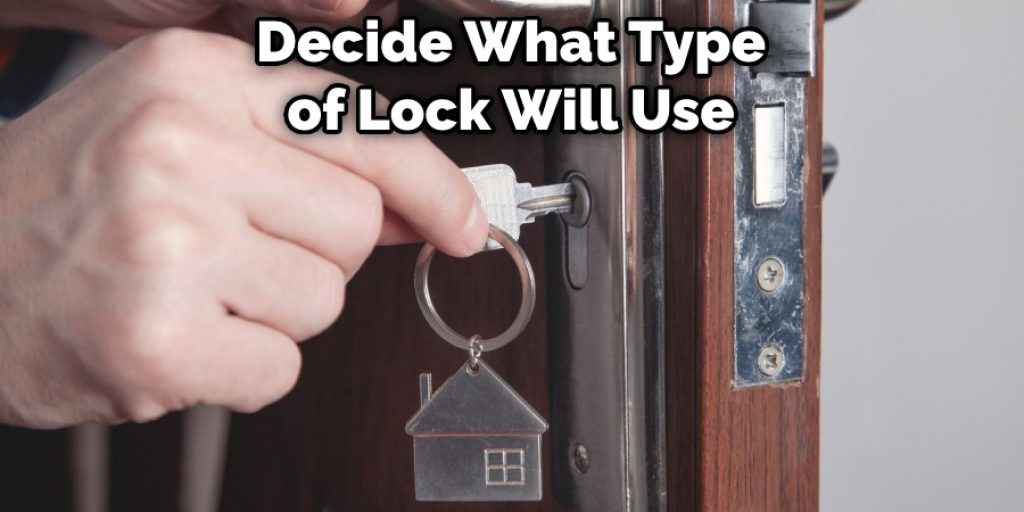
Step 2: Empty the Drawer.
The next step is to empty the drawer where you’ll install the locks. This will make installing the locks easier and prevent you from accidentally locking something inside the drawer. Make sure there is no loose clothing or other items in the drawer that could get in the way. If possible, it is best to remove the dresser’s drawer.
Step 3: Measure the Drawer and Choose a Lock.
Once the drawer is empty, measure the inside to determine what size lock you need. There are various sizes available, so make sure you choose one that will fit snugly in the drawer. If you’re not sure what size to get, it’s always better to err on the side of caution and get a larger size.
Step 4: Drill Holes for the Lock.
The next step is to drill holes for the lock. If you’re using a hasp lock, you’ll need to drill two holes in the drawer, one for the plate on the front and one for the staple on the side of the drawer. If you’re using a padlock, you’ll just need to drill one hole in the drawer front. When drilling holes, make sure to use a drill bit the same size as the screws used to attach the lock.
Step 5: Remove the Lock Bolt.
Once the holes have been drilled, remove the lock bolt from the hasp or padlock. This will make it easier to install the lock. You should also remove the o-ring from the padlock if there is one. Doing this will prevent the o-ring from getting damaged when installing the lock.

Step 6: Insert the Lock into the Hole.
Now it’s time to insert the lock into your drilled hole. If you’re using a hasp, insert the staple into one of the holes and then secure it with screws. If you’re using a padlock, insert the shackle into the hole and then secure it with the included nut. Once the lock is in place, ensure it’s level and flush with the front drawer.
Step 7: Reattach the Lock Bolt.
Once the lock is installed, reattach the lock bolt to the hasp or padlock. Make sure the bolt is in the locked position before reattaching it. You should also replace the o-ring on the padlock if there is one. If possible, use a new o-ring to ensure a tight seal.
Step 8: Test the Lock.
To test the lock, try to open the drawer with the lock in place. If the drawer doesn’t open, then the lock is working properly. If the drawer does open, check to ensure the bolt is fully engaged and the screws are tight. Again, if the lock isn’t working properly, you may need to try a different type of lock.
Installing dresser drawer locks is relatively easy, but it’s important to take time and ensure everything is done correctly. By following these steps, you can be sure that your dresser drawers will be securely locked and that your belongings will be safe.
Some Helpful Tips and Advice to Maintain Dresser Drawers Lock:
Here we have given tips on how to lock dresser drawers and maintain them regularly.
- It is advisable to always keep a spare key for the locks in case you ever misplace or lose the original keys.
- When not in use, it is important to store the keys safely so they will not be lost or stolen.
- Regularly check the locks to ensure that they are working properly.
- If you notice any damage to the locks, it is important to have them repaired or replaced immediately.
- Keeping the locks clean and free of dirt and debris is also a good idea. This can be done by using a soft cloth and mild soap.
- Never force the lock when trying to open it. This can damage the lock and make it more difficult to open.
- If you have difficulty opening the lock, try using a lubricant such as WD-40.
Final Words
Dressers are a convenient piece of furniture for storing clothes, but they can also be a safety hazard if the drawers are not locked. Children can easily climb up on dressers and pull open the drawers, leading to injuries or even death. In this blog post, we have shown you how to lock dresser drawers so that your children are safe.
There are several ways to lock dresser drawers. One way is to use childproof locks, which are available at most hardware stores. Another way is to use a dowel or stick in the drawer runners so that the drawer cannot be opened more than an inch or two. Finally, you can also use magnets to keep the drawer closed. Each method is easy to do and takes only a few minutes. So read on and find the best way to lock your dresser drawers!

